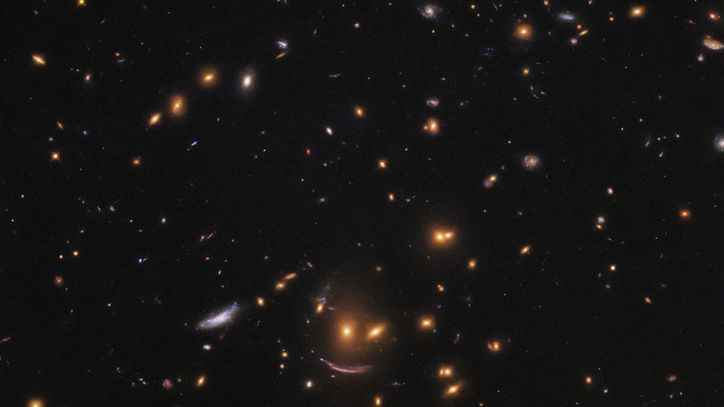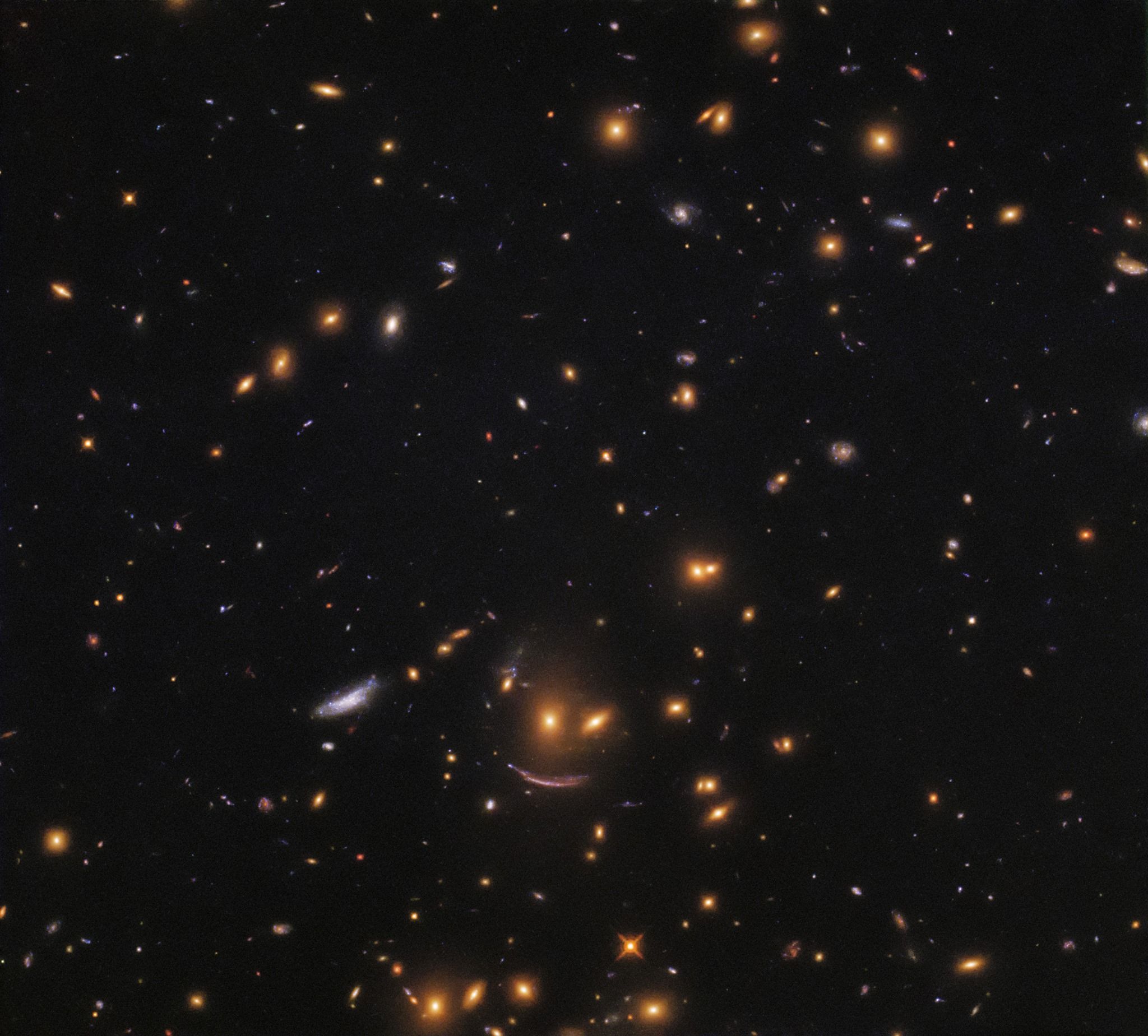The news we had finally found ripples in space-time reverberated around the world in 2015. Now it seems they might have been an illusion.
LIGO’s detectorsEnrico Sacchetti
THERE was never much doubt that we would observe gravitational waves sooner or later. This rhythmic squeezing and stretching of space and time is a natural consequence of one of science’s most well-established theories, Einstein’s general relativity. So when we built a machine capable of observing the waves, it seemed that it would be only a matter of time before a detection.





